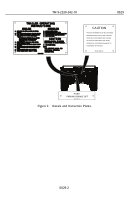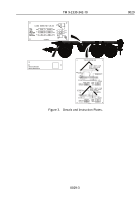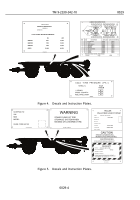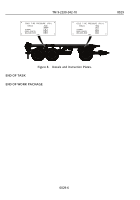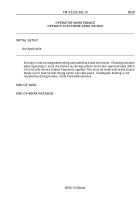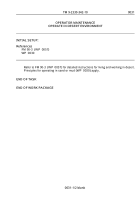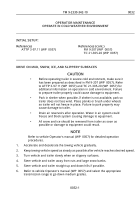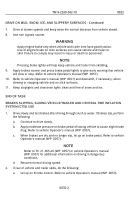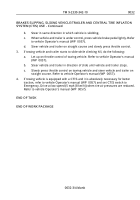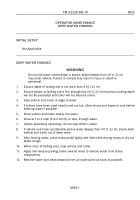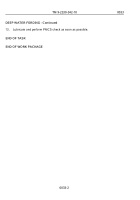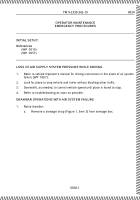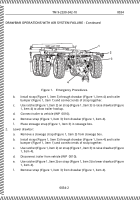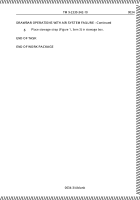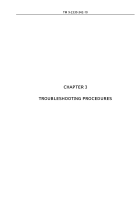TM-9-2330-342-10 - Page 336 of 500
DRIVE ON MUD, SNOW, ICE, AND SLIPPERY SURFACES - Continued
7.
Drive at slower speeds and keep twice the normal distance from vehicle ahead.
8.
Use turn signals sooner.
WARNING
Apply engine brake only when vehicle and trailer tires have good traction.
Use of engine brake on slick surfaces can cause vehicle and trailer to
skid. Failure to comply may result in injury or death to personnel.
NOTE
Pressing brake lightly will help keep vehicle and trailer from skidding.
9.
Apply brakes sooner and press brake pedal lightly to give early warning that vehicle
will slow or stop. Refer to vehicle Operator's manual (WP
0057).
10.
Refer to vehicle Operator's manual (WP
0057) and downshift, if necessary, when
slowing or stopping vehicle and on slick surfaces.
11.
Keep stoplights and clearance lights clean and free of snow and ice.
END OF TASK
BRAKES SLIPPING, SLIDING VEHICLE/TRAILER AND CENTRAL TIRE INFLATION
SYSTEM (CTIS) USE
1.
Drive slowly and test brakes after driving through slush or water. If brakes slip, perform
the following:
a.
Continue to drive slowly.
b.
Apply moderate pressure on brake pedal of towing vehicle to cause slight brake
drag. Refer to vehicle Operator's manual (WP
0057).
c.
When brakes are dry and no longer slip, let up on brake pedal. Refer to vehicle
Operator's manual (WP
0057).
NOTE
Refer to TC 21-305-20 (WP
0057) or vehicle Operator's manual
(WP
0057) for additional information on driving in dangerous
conditions.
d.
Resume normal driving speed.
2.
If rear of vehicle and trailer skids, do the following:
a.
Let up on throttle control. Refer to vehicle Operator's manual (WP
0057).
TM 9-2330-342-10
0032
0032-2
Back to Top

